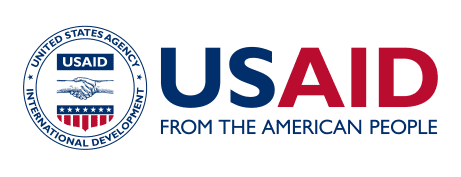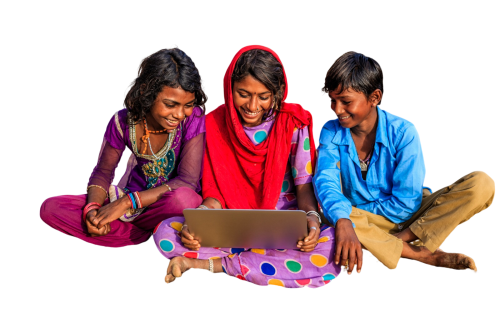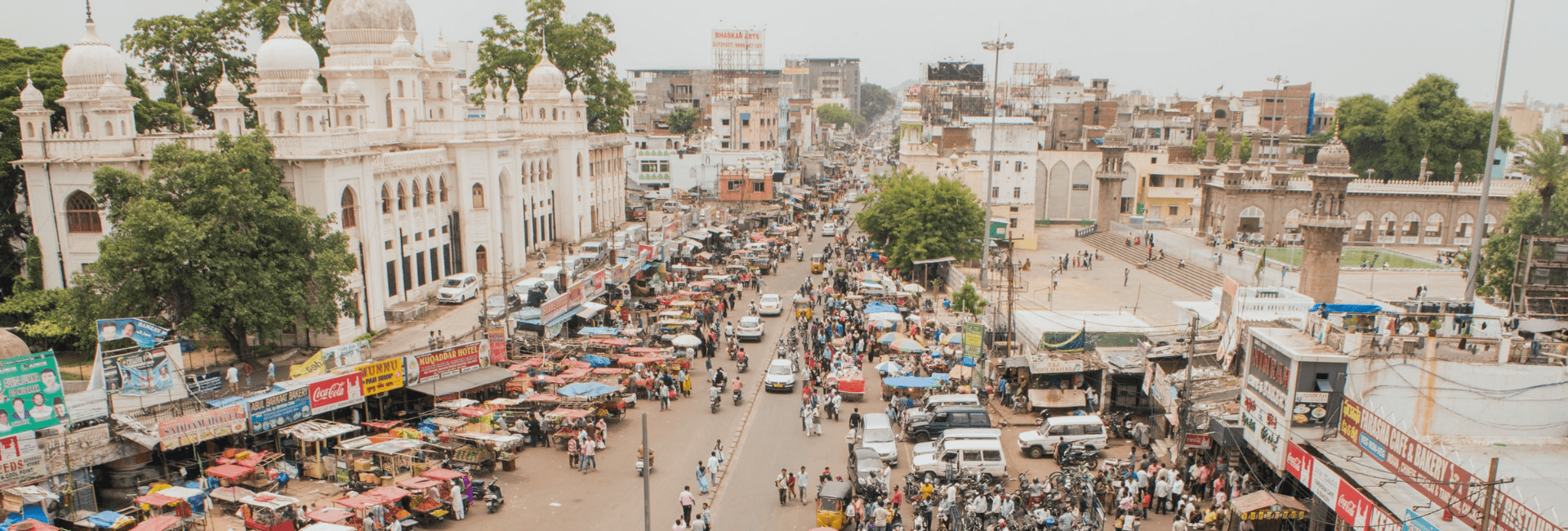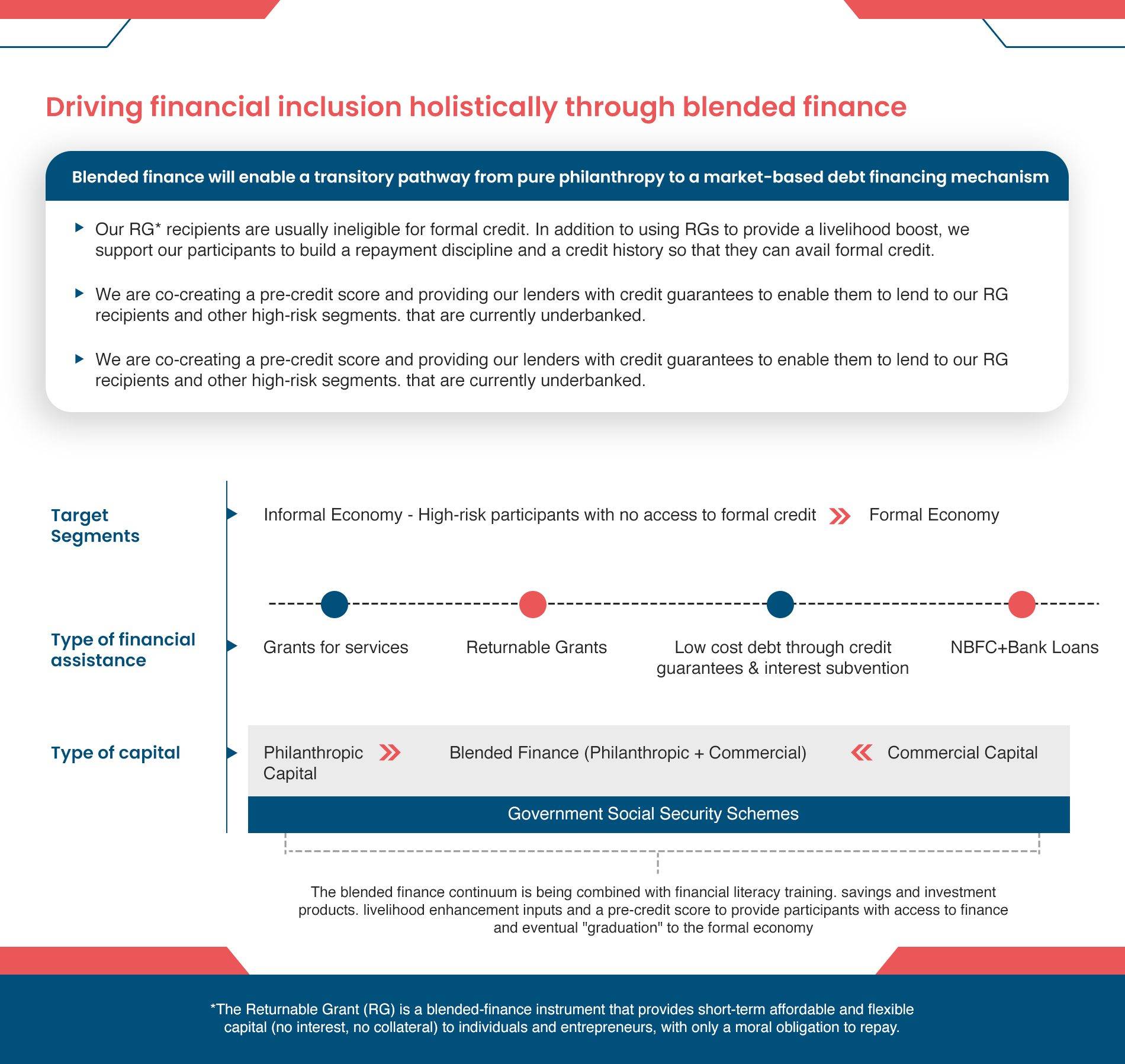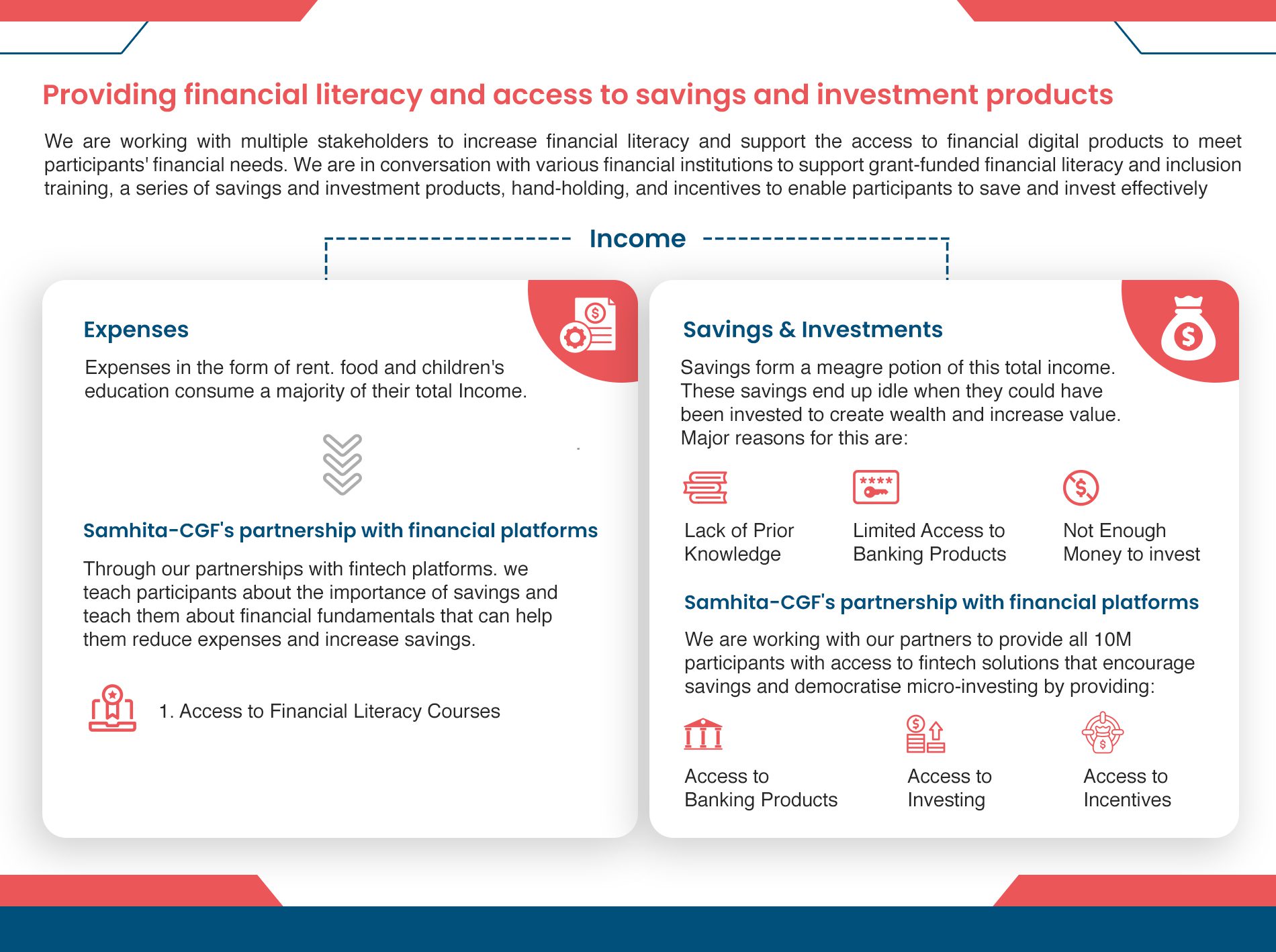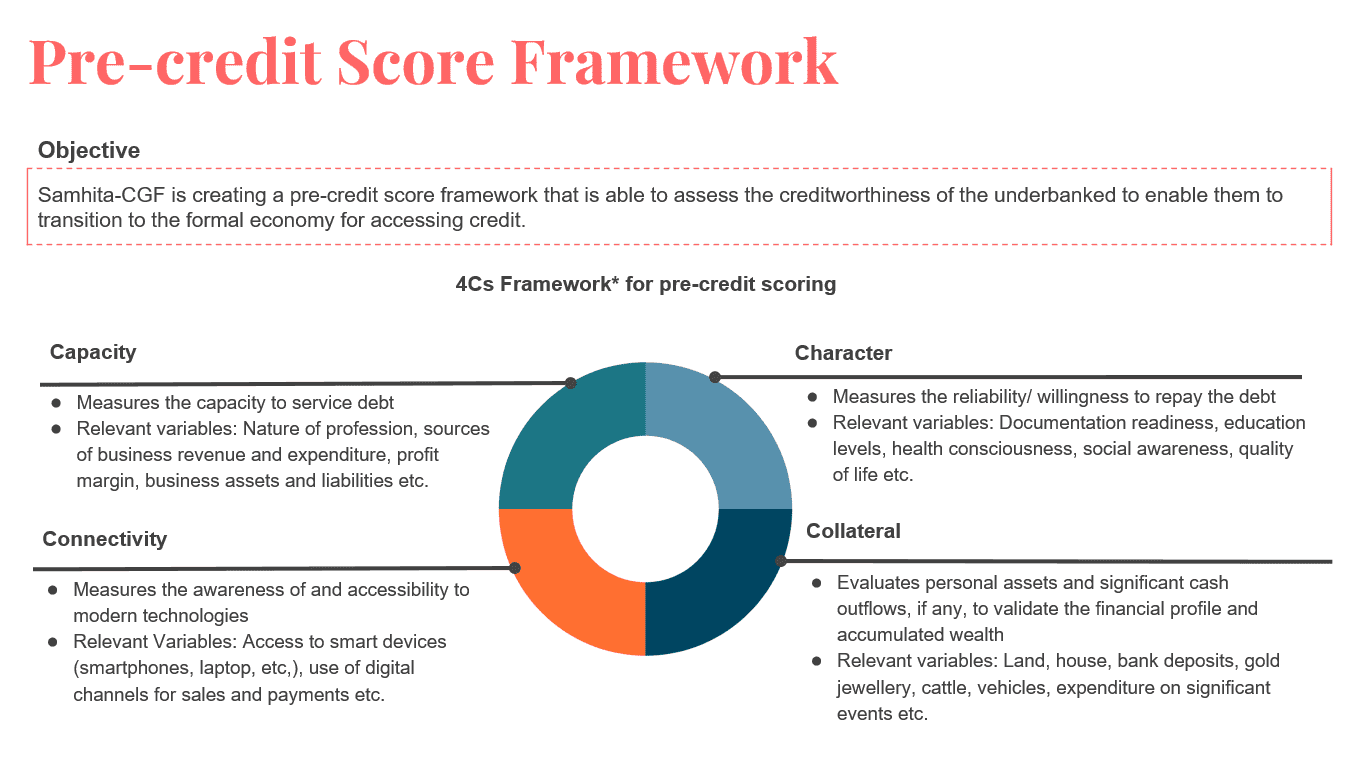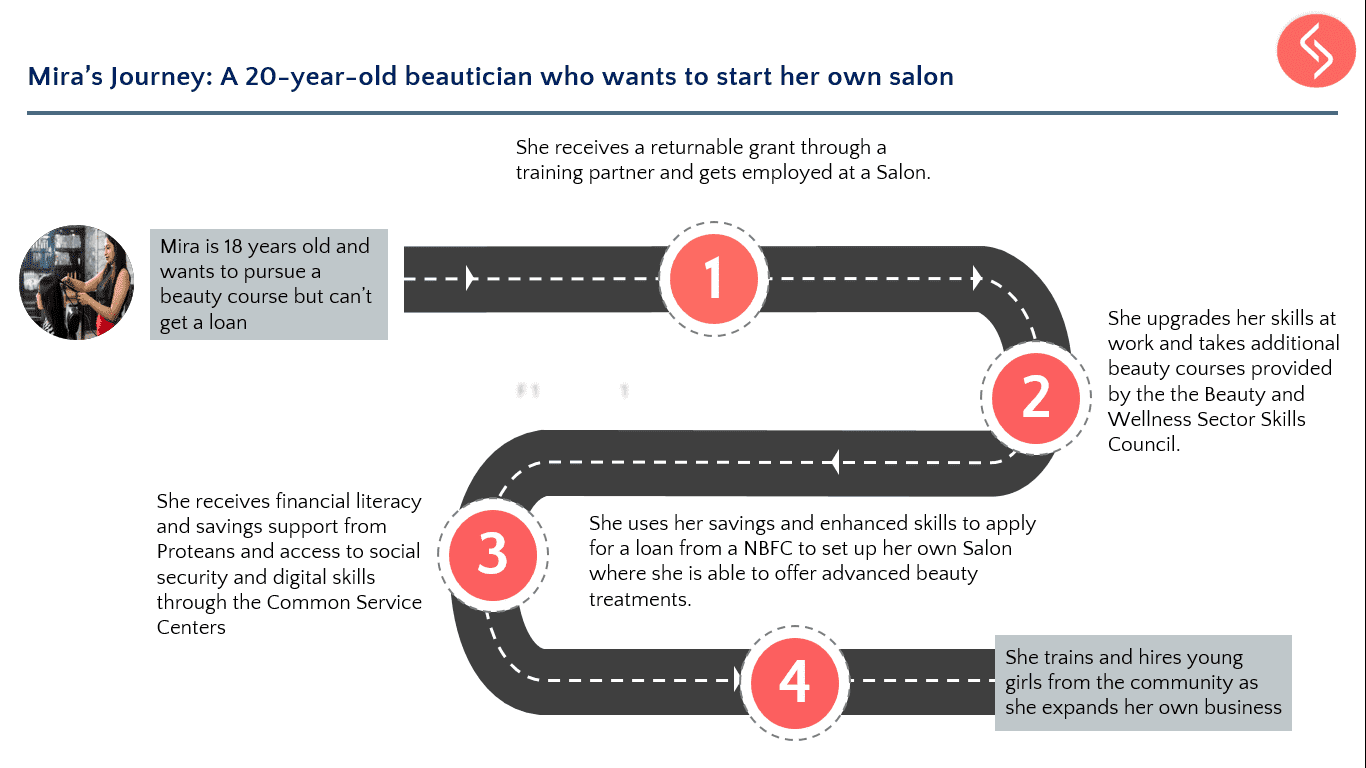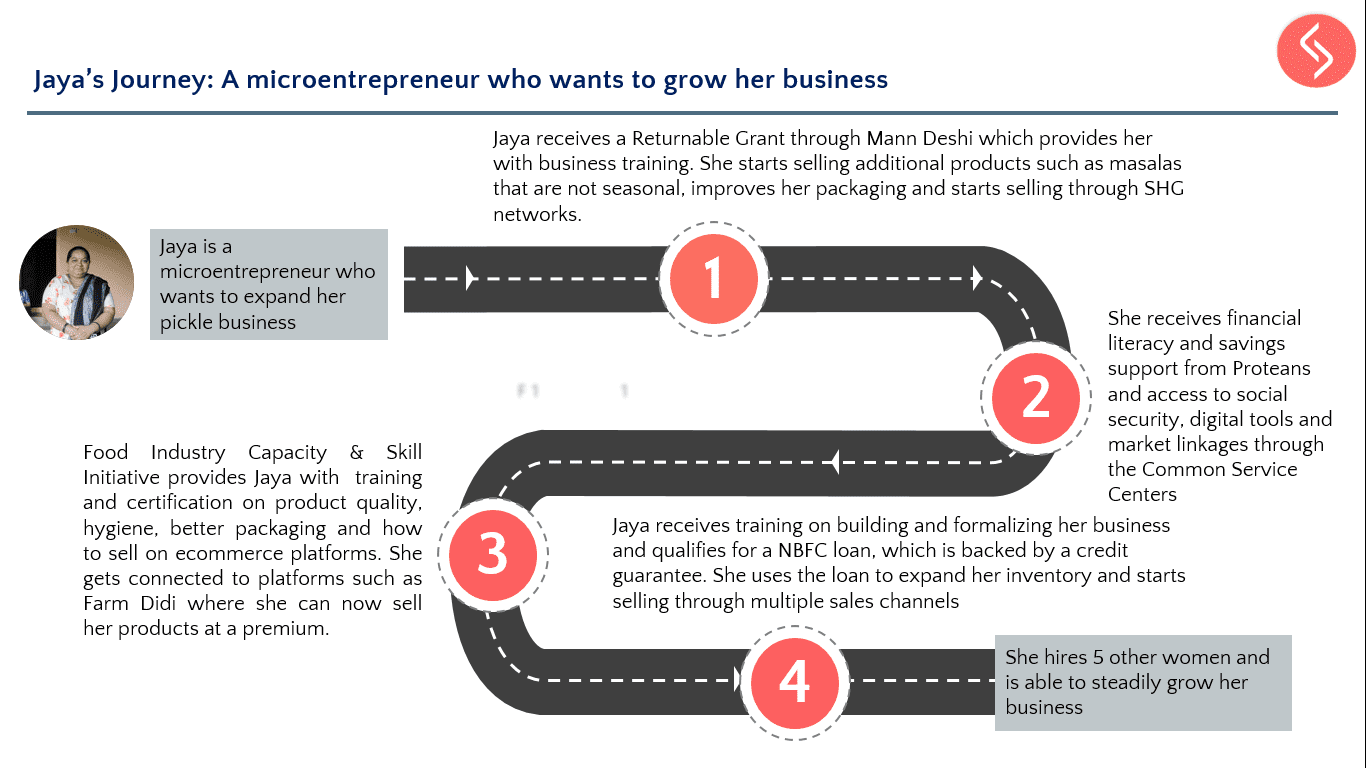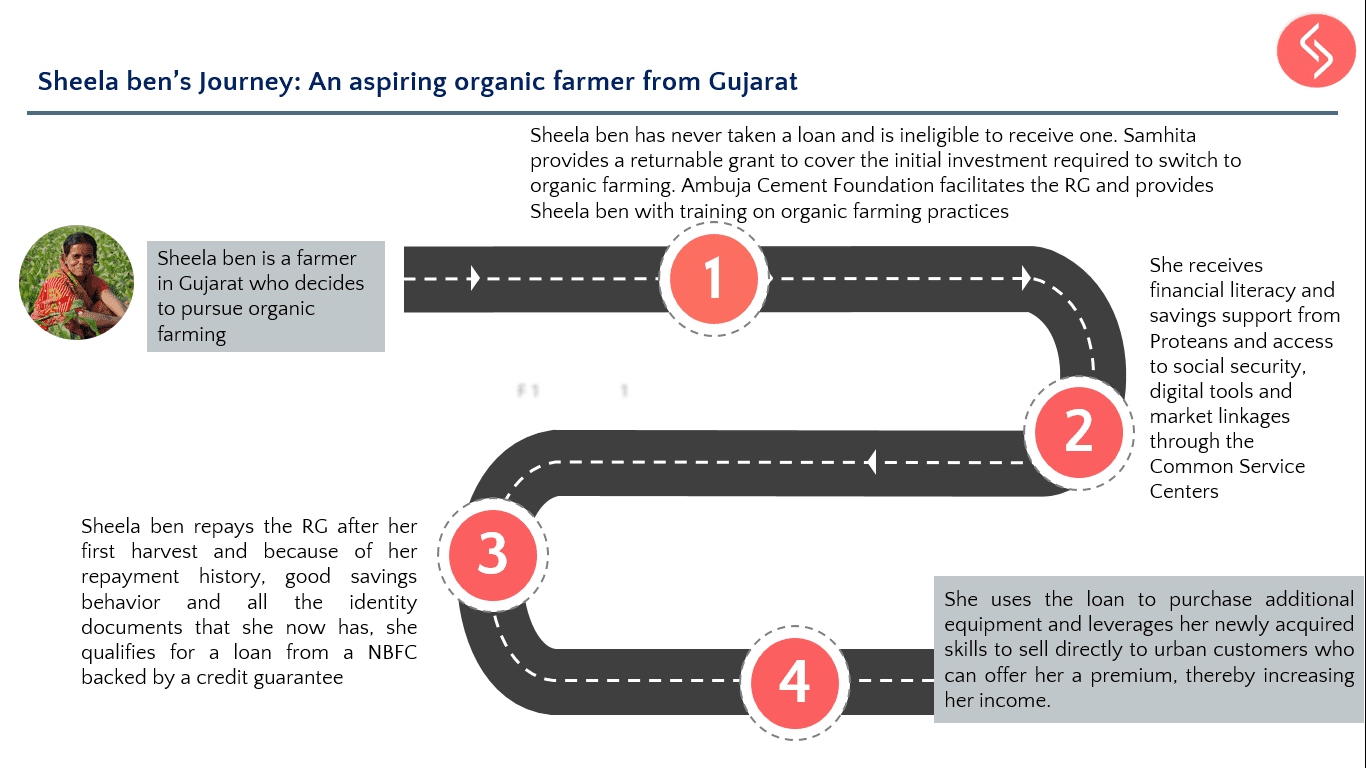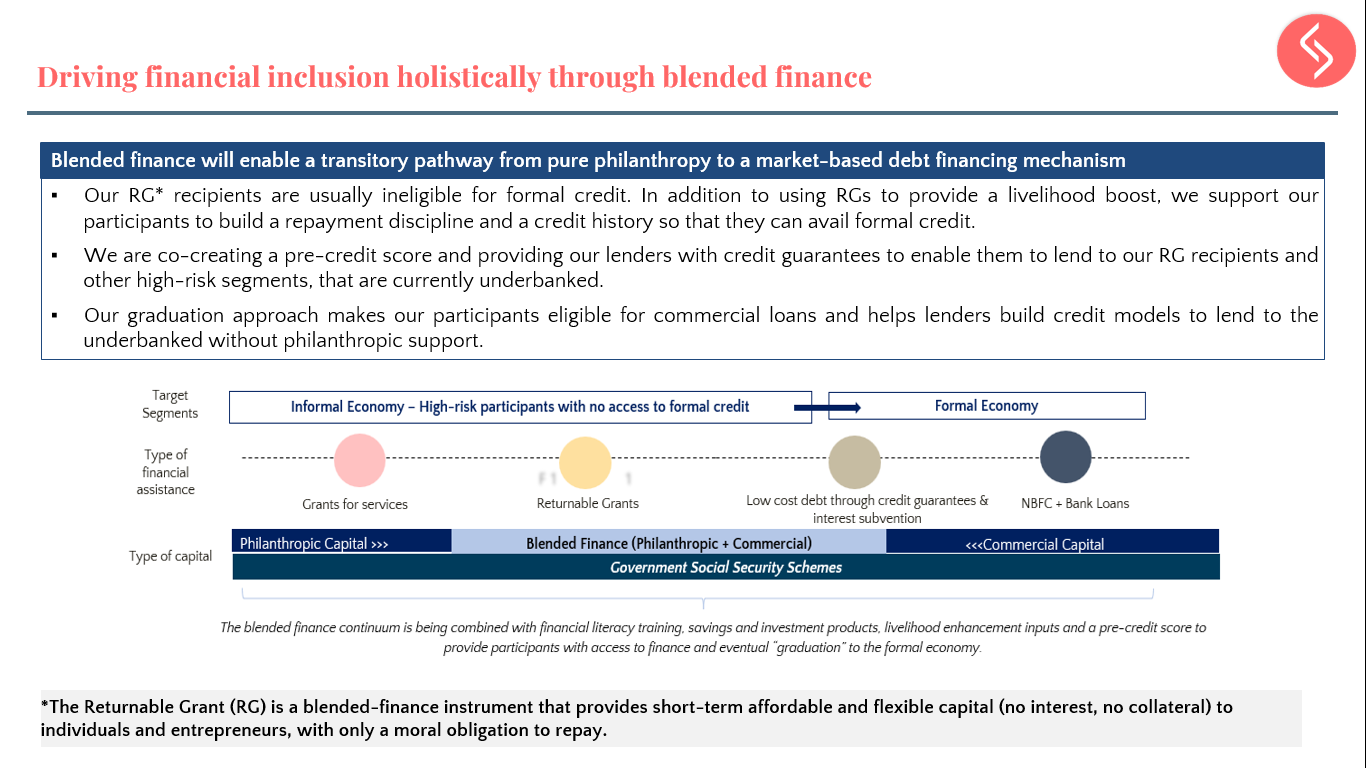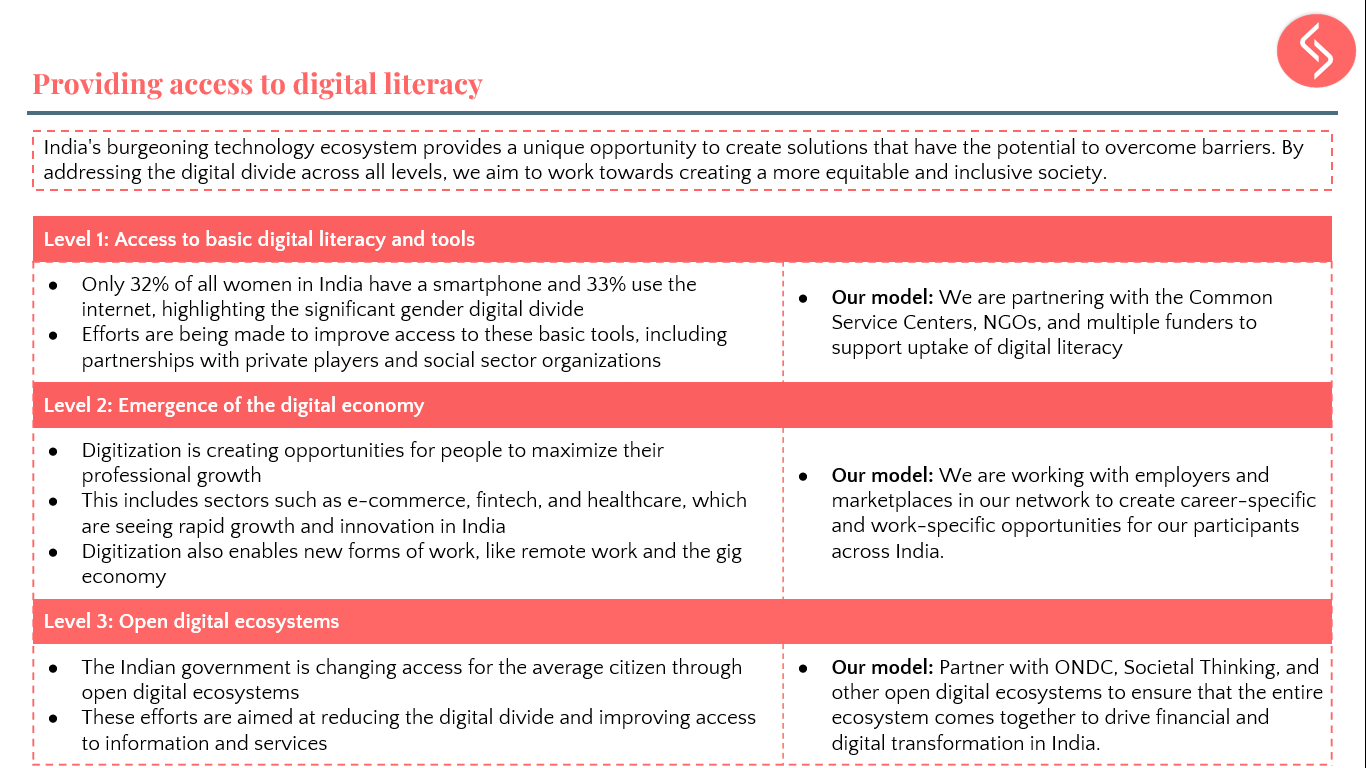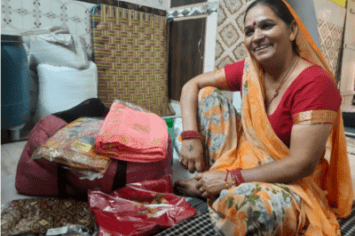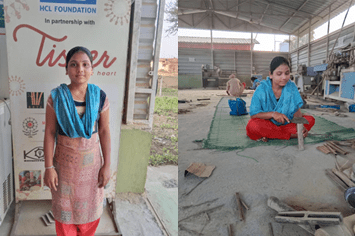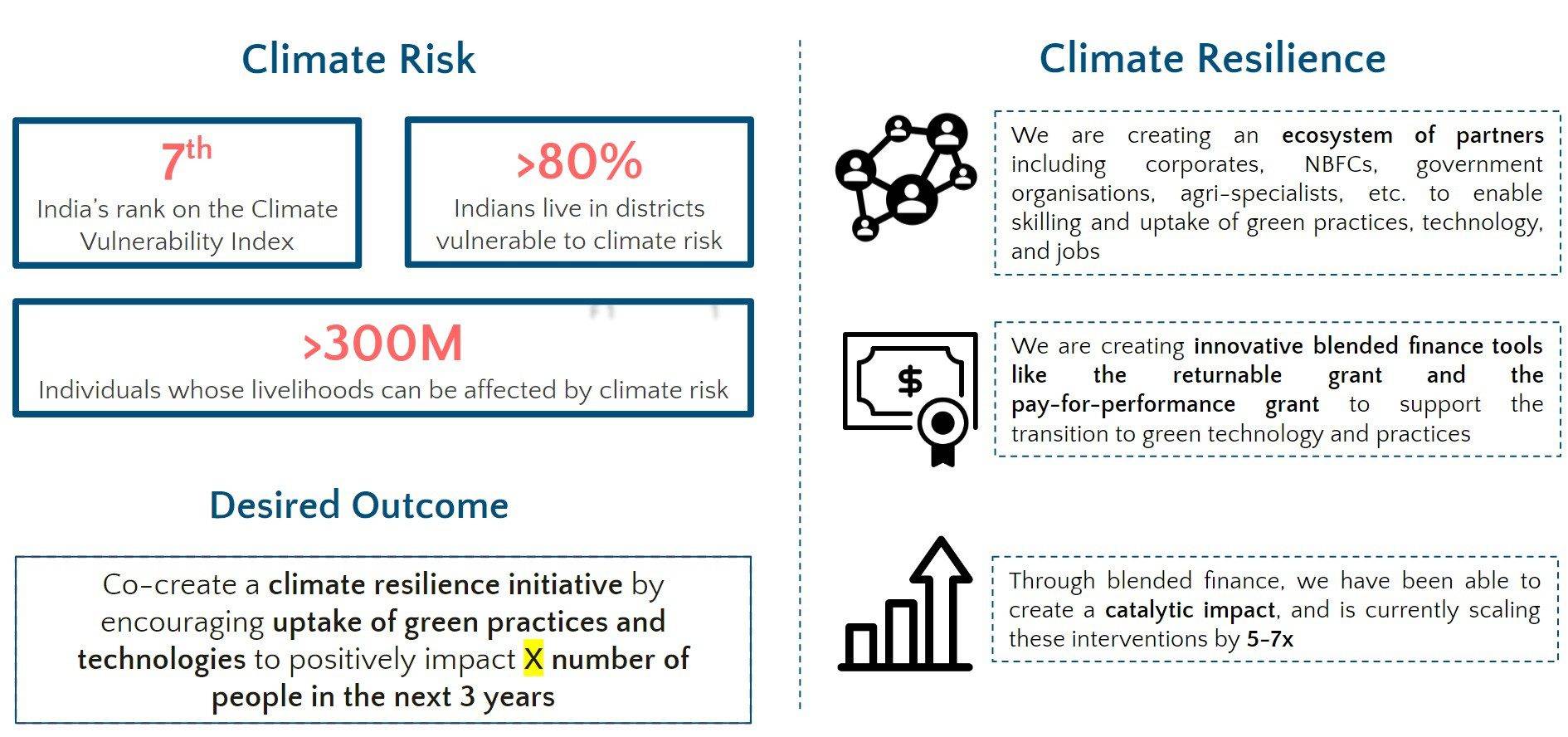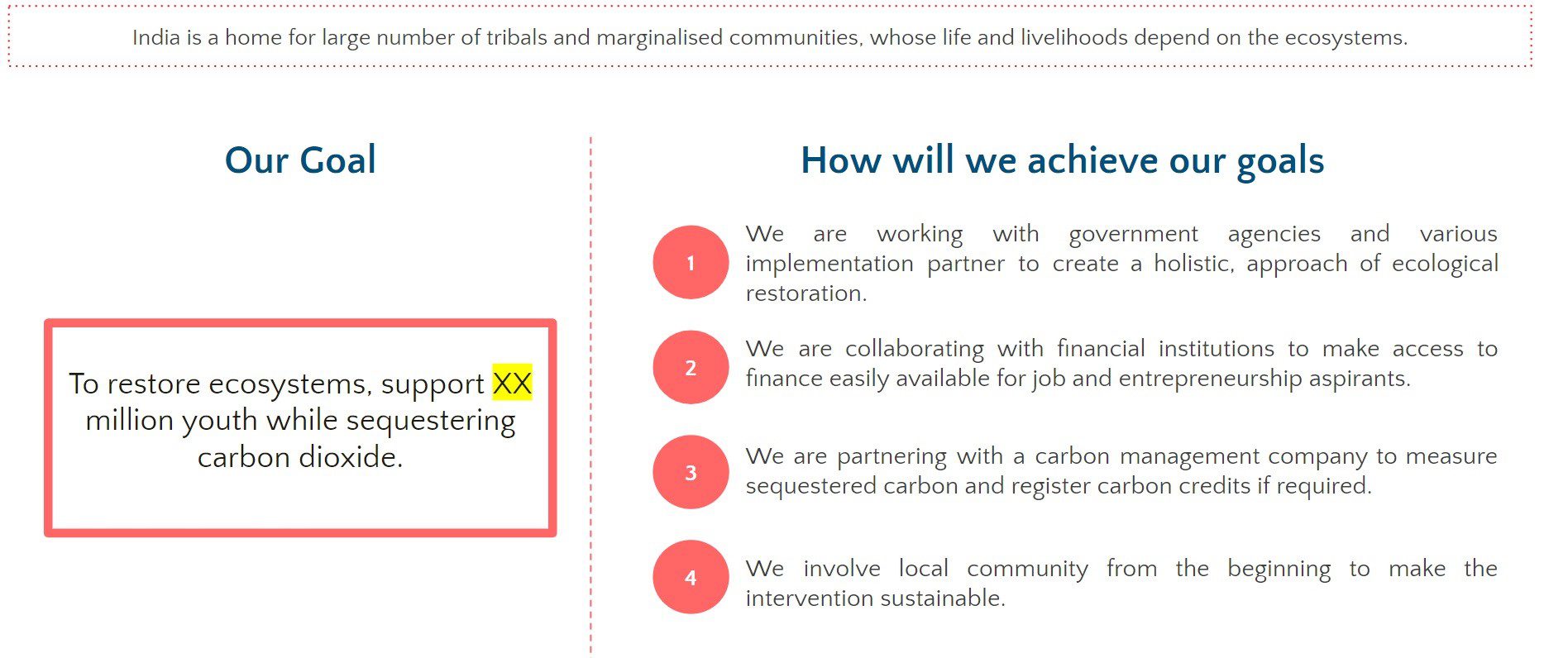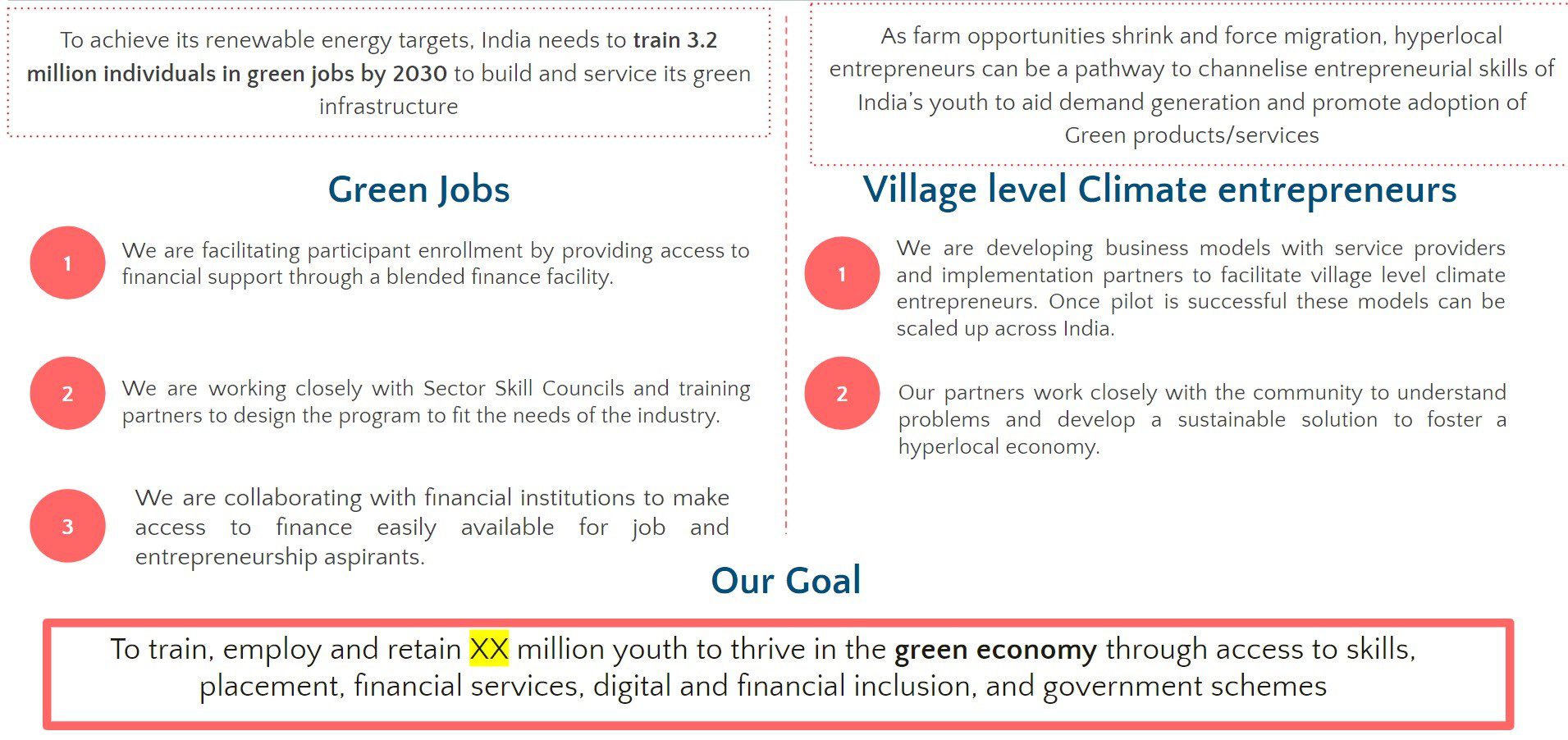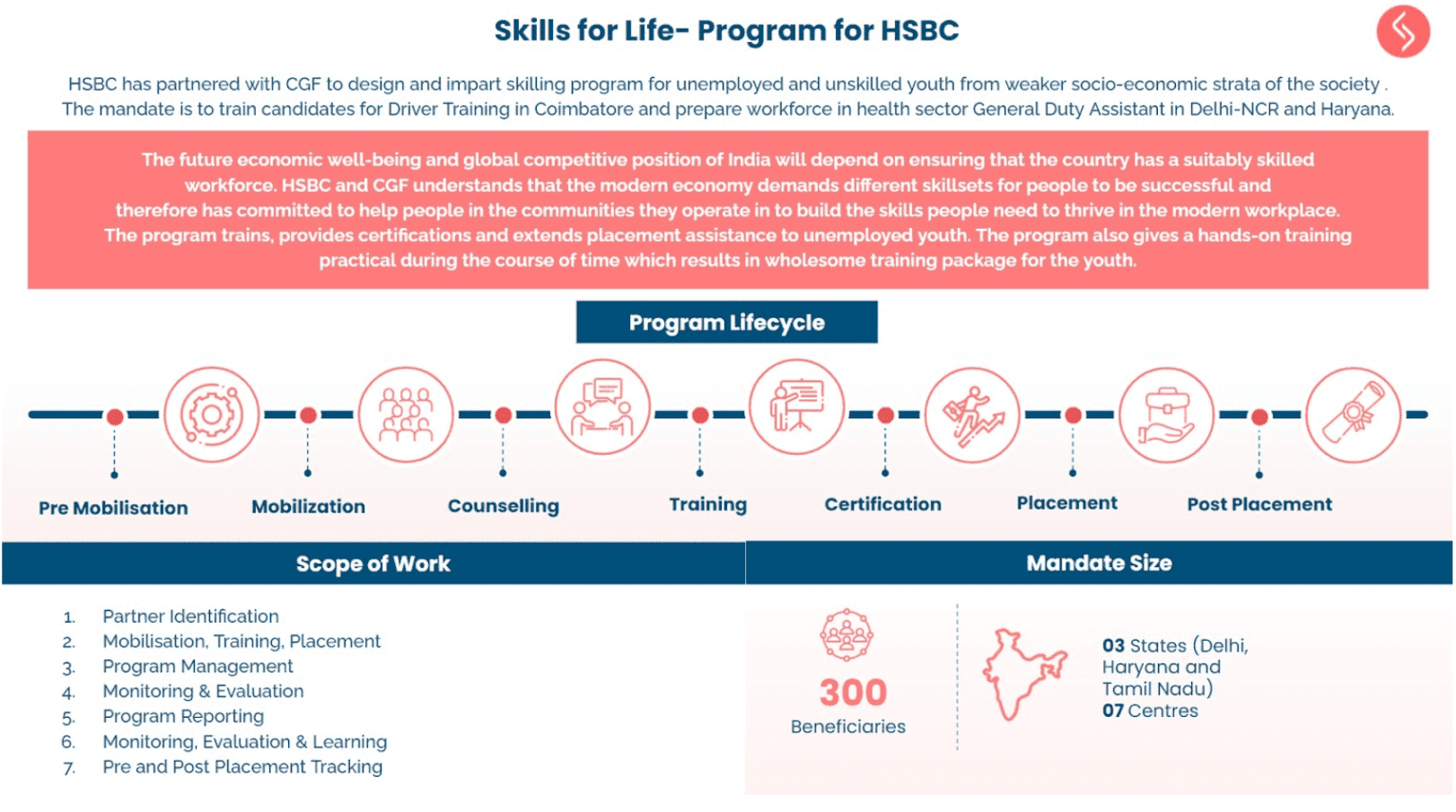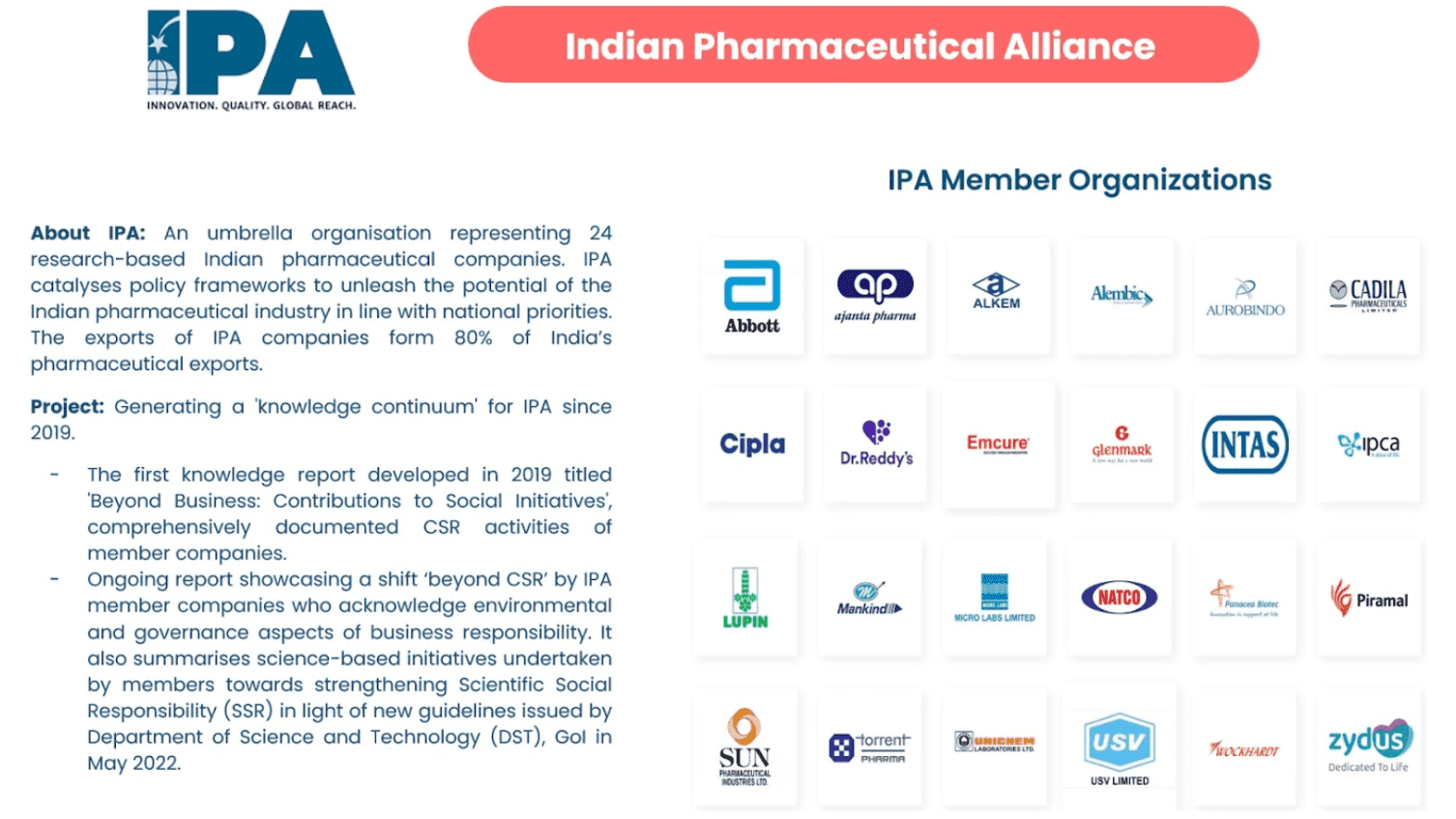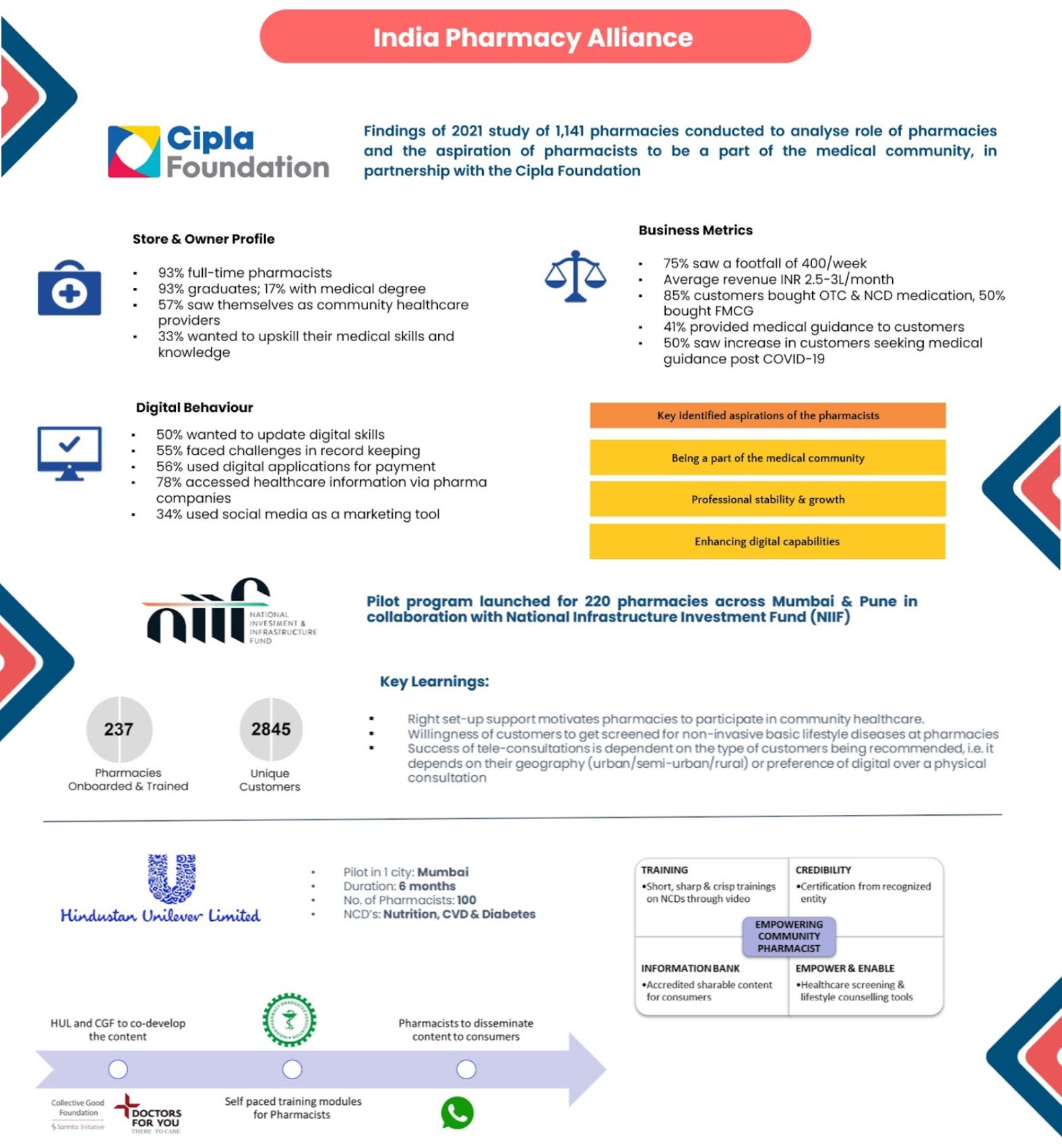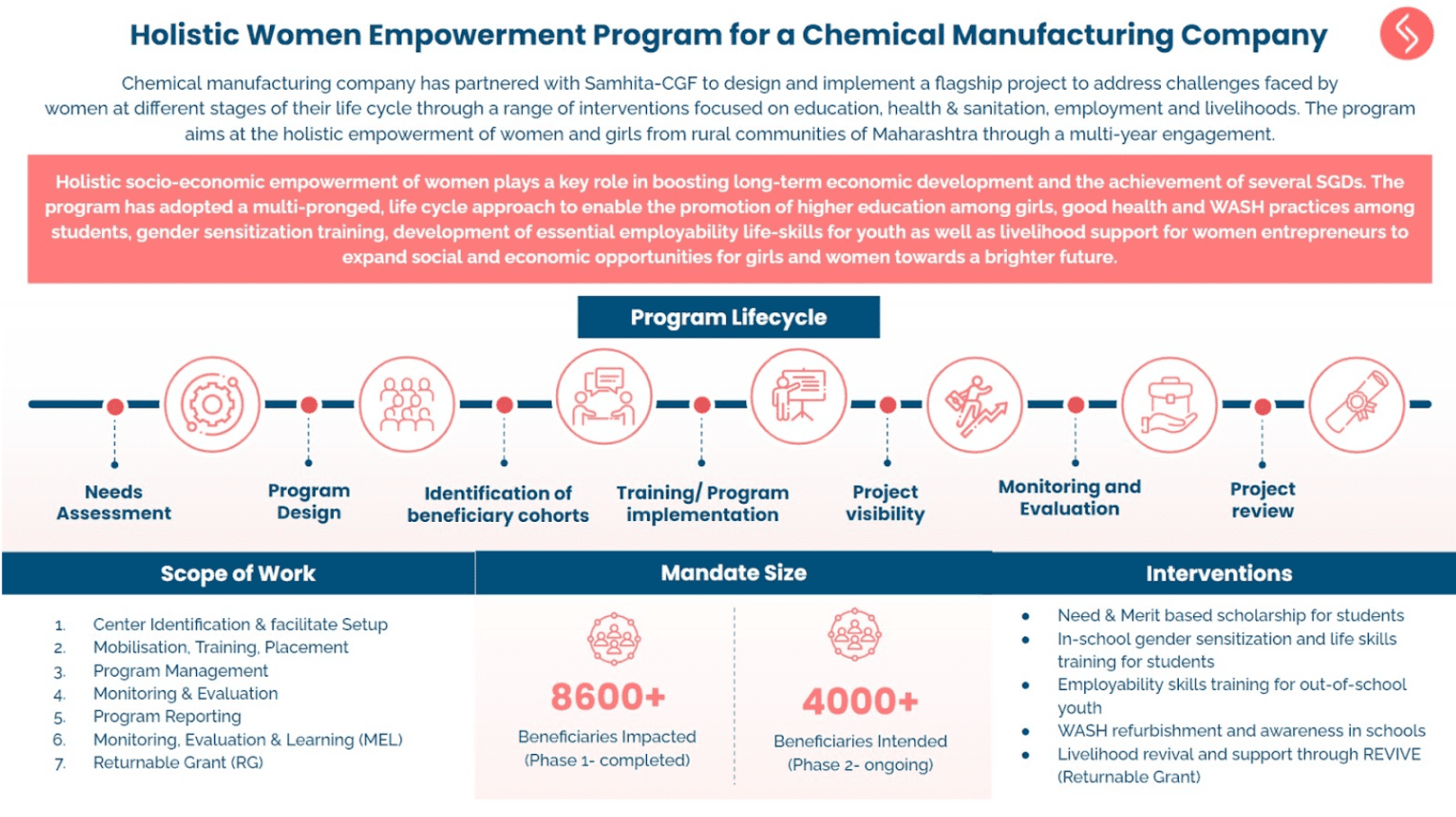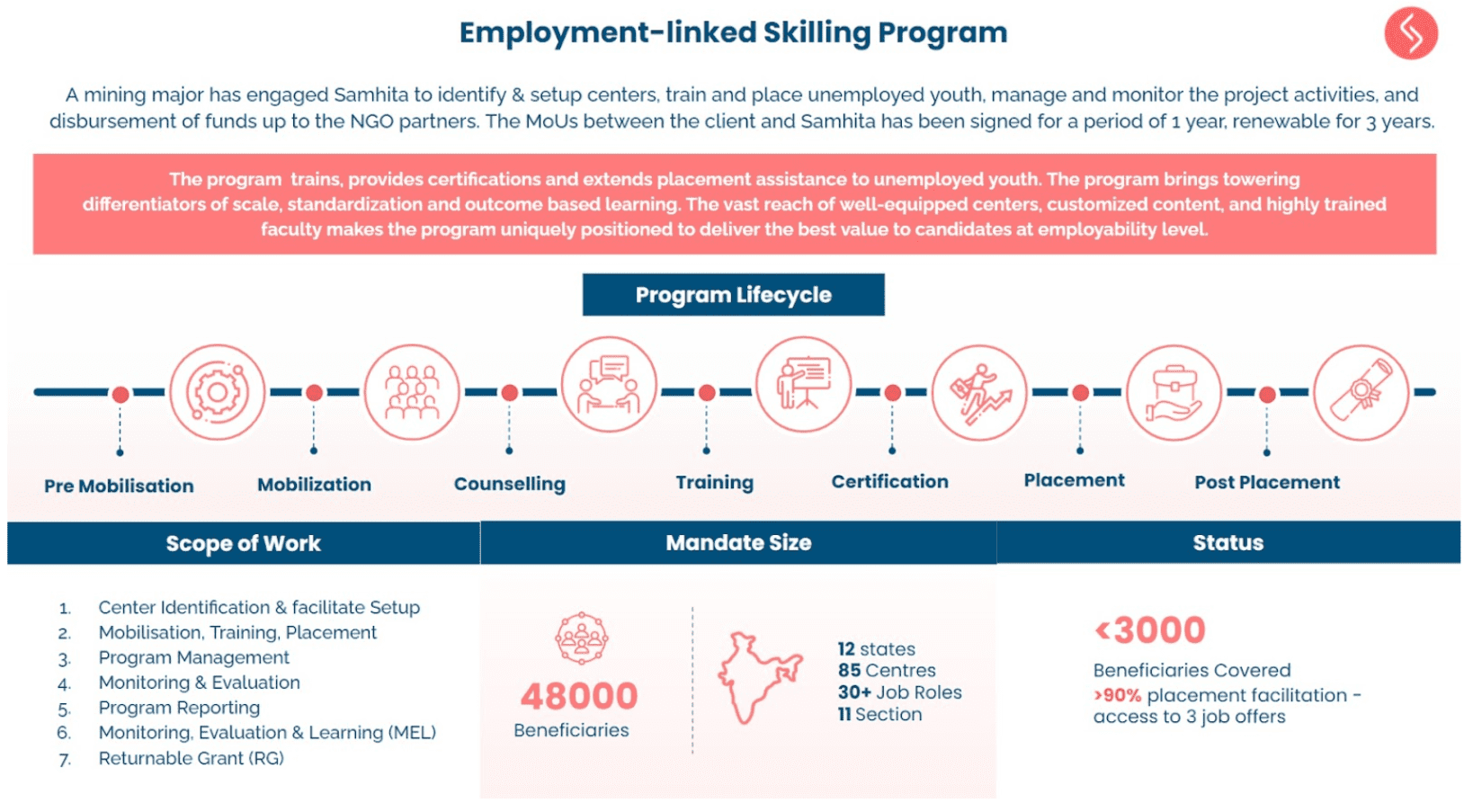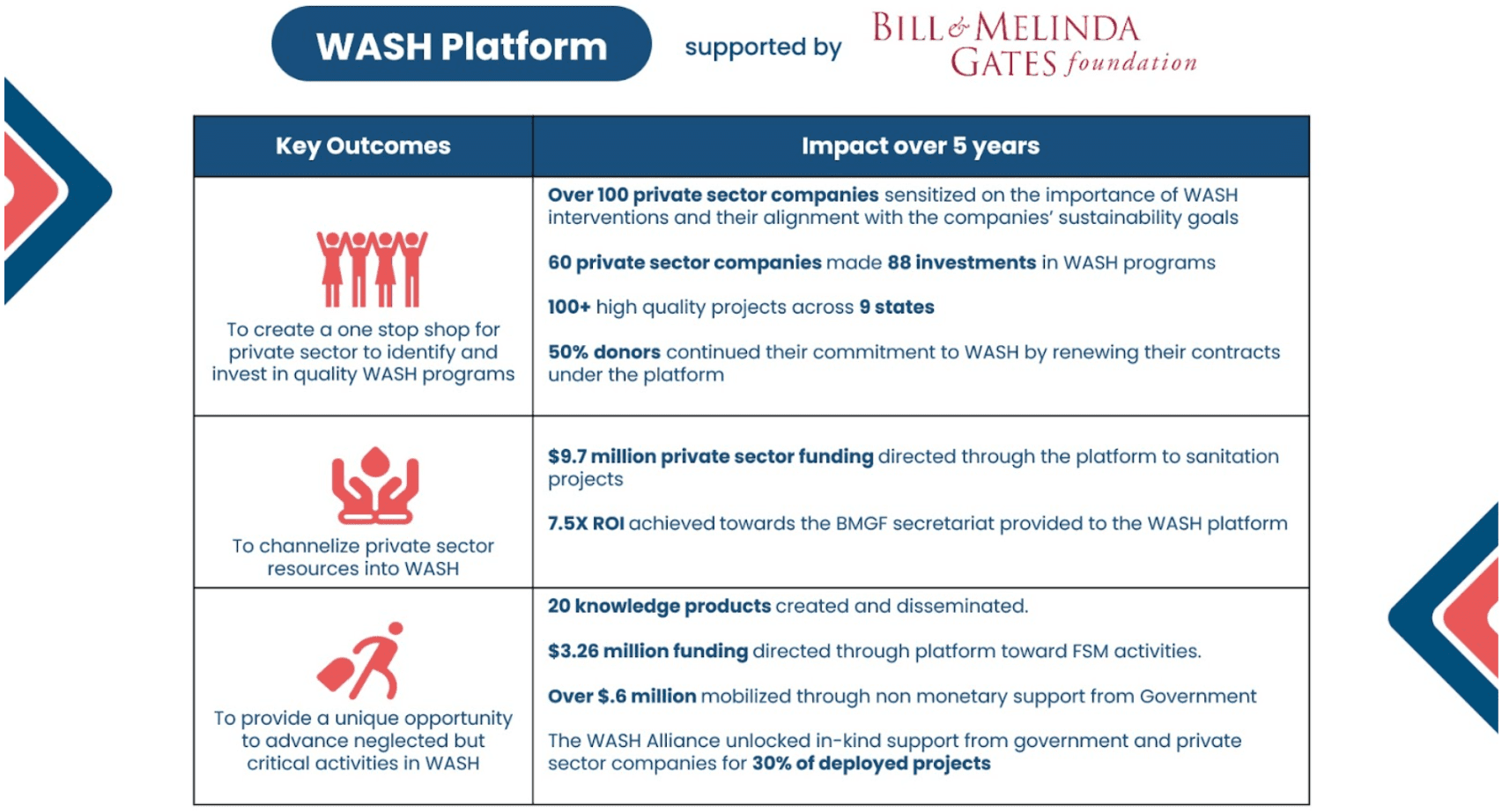DHFL wanted to invest their CSR funds in such a way that they can address critical gaps in 3 cause areas that can in turn help India unlock demographic advantages and explore the full potential of available resources. Read on to find out how they impacted over 150,000 lives.
The DHFL Story
Operating with a vision to engage in programs that can promote the enrichment of the society, DHFL first identified 3 cause areas and then worked with Samhita to curate or redesign programs that can address critical issues across the areas.
How to reap demographic advantages
Although India houses a high proportion of the world’s youth population, it has very few job opportunities and even fewer for those who are unskilled. Our research at the time indicated that the Indian government was able to train only 3.1 million of 12.8 million entrants into the workforce each year and needed private sector participation to address the gap.
Solution
We leveraged our research into corporate engagement in national skill development to design a skill program for youth within the Banking, Financial Services and Insurance (BFSI) and Construction sectors – that aligned to DHFL’s business goals.

Samhita managed the implementation of the program in 24 centres across 6 states. Inclusion of innovative components led us to receive recognition from the Associated Chambers of Commerce and Industry of India (ASSOCHAM), at their ASSOCHAM Summit-cum-Awards.
Geographies
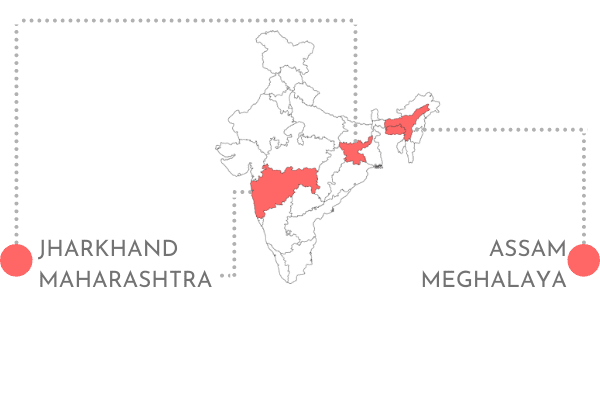
Impact

How to ensure early-life development
DHFL was already supporting smaller and scattered interventions in education however a focused program was not yet curated. At the time a focus on Early Childhood Care and Education (ECCE) programs was the need of the hour.
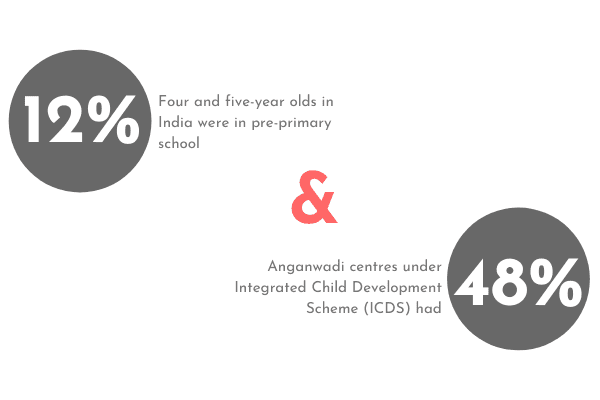
Solution
We first undertook an assessment of the Anganwadis to understand specific needs of the target groups and gaps in ECCE. Then we curated a program that strengthened existing Anganwadi frameworks and ICDS schemes, and built capacities of the workers and helpers to become educators in Anganwadi centres. We also added a health and nutrition component to complement the education module and to ensure the sustained success of the program in the long run.
Geographies

Impact

How to tap into the society’s potential to transform
The water crisis is not new to India. Moreover, the unavailability of water can have a rippling effect on lives and livelihoods. Even in 2011, our research lended insights into how climate change and successive years of drought had resulted in immense ecological damage including soil erosion, lack of vegetation and reduction in crop yield by 70 per cent. In order to ensure holistic development, it was necessary to invest in water as an impact multiplier.
Solution
5 drought prone villages in Aurangabad were identified and adopted where climate change and successive years of drought had resulted in immense ecological damage. This severely hampered the ability of the villagers to support themselves and their dependents.To holistically address the damage, we took a 5-pronged approach.
Impact

Impact across the People-Planet-Profit (PPP) framework

Youth of India are trained to unlock job opportunities for them; Proper nourishment is ensured to women and young children to enable long-term health and survival; Holistic development of community is propelled by using water as an impact multiplier.
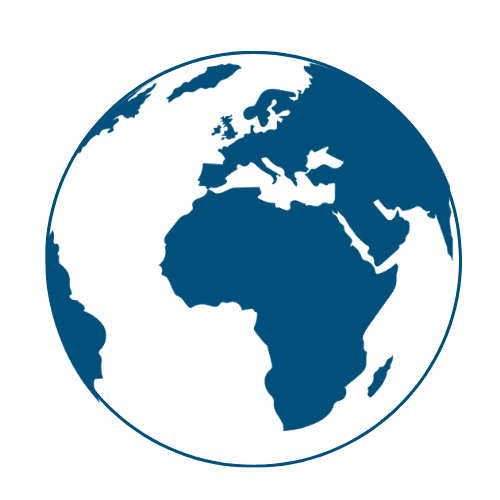
Community involvement prioritized to undertake water conservation and instill the component for the long term.

Supply of skilled personnel for the Banking, Financial Services and Insurance (BFSI) and Construction sectors – the primary
